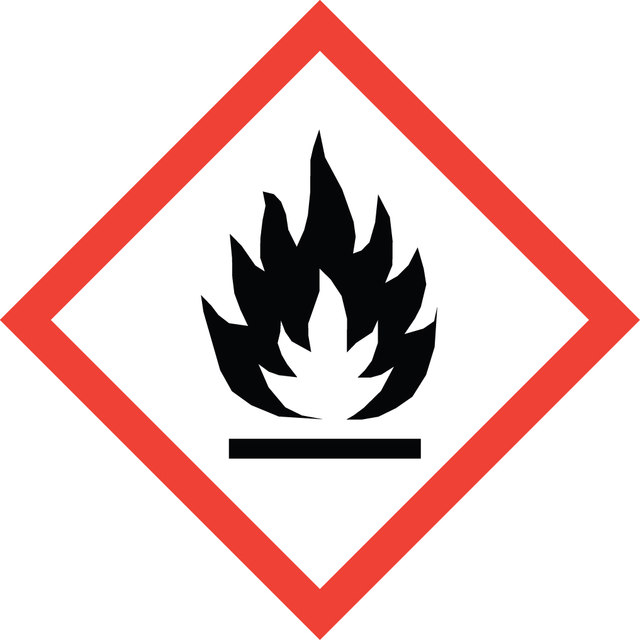12310
Iron
≥99%, reduced, powder (fine)
Synonym(s):
Fe
Sign Into View Organizational & Contract Pricing
Select a Size
Select a Size
Change View
About This Item
Linear Formula:
Fe
CAS Number:
Molecular Weight:
55.85
EC Number:
MDL number:
UNSPSC Code:
11101713
PubChem Substance ID:
NACRES:
NA.22
Quality Level
assay
≥99%
form
powder (fine)
quality
reduced
reaction suitability
core: iron
reagent type: catalyst
resistivity
9.71 μΩ-cm
impurities
≤0.5% insoluble in HCl
bp
2750 °C (lit.)
mp
1535 °C (lit.)
density
7.86 g/mL at 25 °C (lit.)
Related Categories
General description
Reduced iron powder, also known as iron sponge, is a fine powdered form of iron that is commonly used in chemical synthesis processes. It is produced by the reduction of iron oxide in a controlled environment, typically through the use of hydrogen or carbon monoxide gas.
In chemical synthesis, reduced iron powder can be employed as a reducing agent, catalyst, or precursor in a wide range of reactions. It is commonly used to convert organic functional groups, such as aldehydes, ketones, and nitro compounds, into their corresponding reduced forms. It is also known to facilitate hydrogenation reactions.
Reduced iron powder finds applications in the production of iron-based catalysts, magnetic materials, pigments, and metal alloys. It is commonly used in pharmaceutical synthesis, organic chemistry, and industrial manufacturing. It is important to handle reduced iron powder with care due to its potential reactivity with moisture and oxygen, which may cause oxidation and result in changes to its properties. Proper storage and handling procedures should be followed to maintain its quality and prevent unwanted reactions.
In chemical synthesis, reduced iron powder can be employed as a reducing agent, catalyst, or precursor in a wide range of reactions. It is commonly used to convert organic functional groups, such as aldehydes, ketones, and nitro compounds, into their corresponding reduced forms. It is also known to facilitate hydrogenation reactions.
Reduced iron powder finds applications in the production of iron-based catalysts, magnetic materials, pigments, and metal alloys. It is commonly used in pharmaceutical synthesis, organic chemistry, and industrial manufacturing. It is important to handle reduced iron powder with care due to its potential reactivity with moisture and oxygen, which may cause oxidation and result in changes to its properties. Proper storage and handling procedures should be followed to maintain its quality and prevent unwanted reactions.
Application
- Sodium-Ion Batteries: Research demonstrated the use of iron-based Na(4)FeV(PO(4))(3) nanoparticles in pine pollen derived carbon matrices as a cost-effective cathode for sodium-ion batteries, emphasizing sustainable energy solutions and materials chemistry (Wang et al., 2024).
signalword
Danger
hcodes
Hazard Classifications
Flam. Sol. 1 - Self-heat. 1
Storage Class
4.2 - Pyrophoric and self-heating hazardous materials
wgk_germany
nwg
flash_point_f
Not applicable
flash_point_c
Not applicable
ppe
Eyeshields, Gloves, type N95 (US)
Choose from one of the most recent versions:
Already Own This Product?
Find documentation for the products that you have recently purchased in the Document Library.
Our team of scientists has experience in all areas of research including Life Science, Material Science, Chemical Synthesis, Chromatography, Analytical and many others.
Contact Technical Service